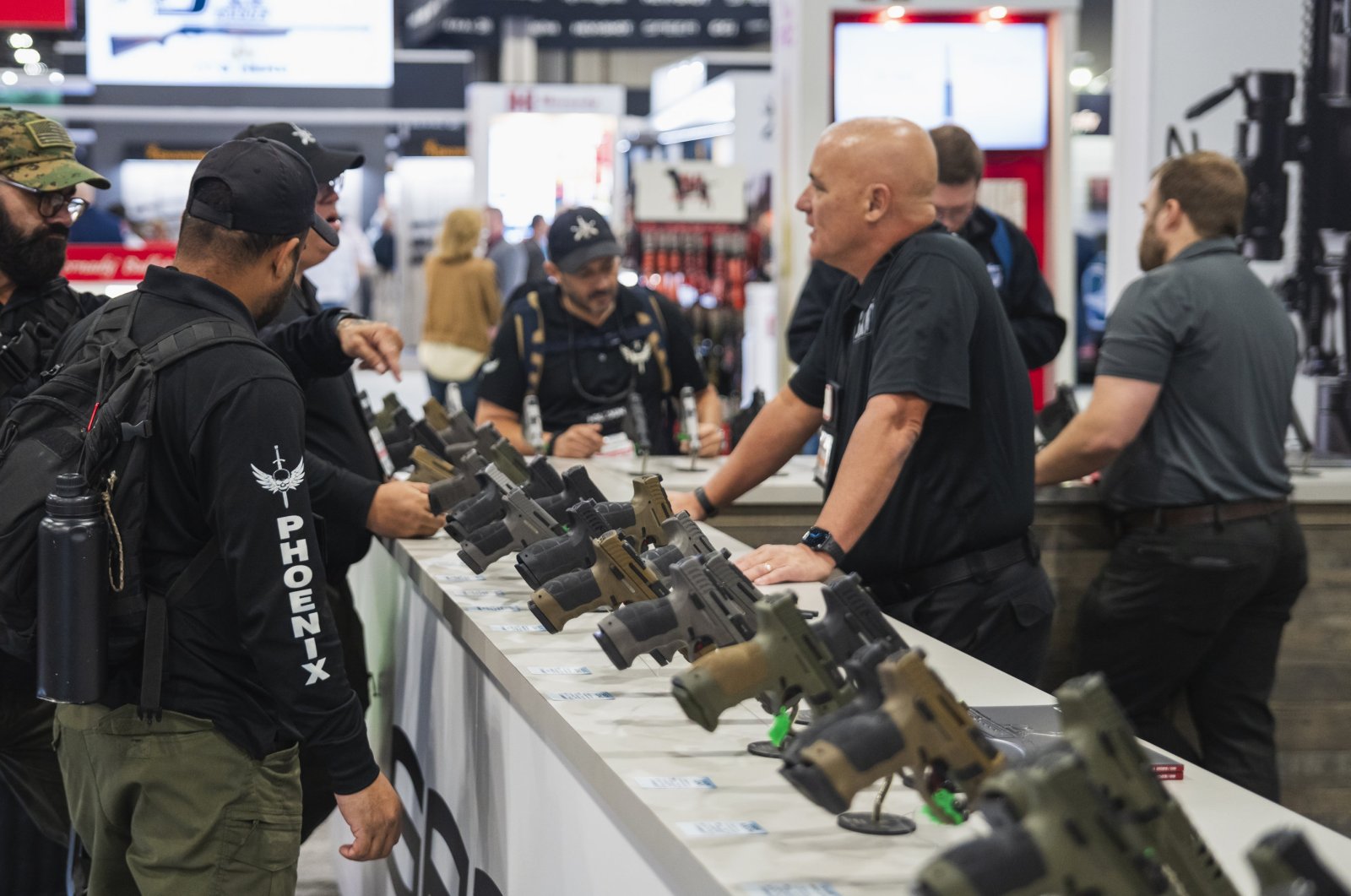The history of Indian gun manufacturers is a fascinating journey that spans centuries. This intricate tale encompasses ancient craftsmanship, colonial influences, and modern technological advancements. From the early days of rudimentary weapons to the sophisticated firearms produced today, Indian gun manufacturing has evolved significantly. This article delves into the rich heritage, notable milestones, and prominent players in the Indian firearms industry, offering a comprehensive overview of its evolution.

Ancient Indian Weaponry: The Beginnings
Traditional Weaponry and Early Innovations
India's tradition of weapon manufacturing dates back to ancient times when skilled artisans crafted a variety of weapons, including swords, bows, arrows, and spears. These early weapons were not only tools of war but also symbols of power and prestige. Ancient texts such as the Mahabharata and Ramayana provide evidence of the sophisticated weaponry used in Indian warfare.
Introduction of Gunpowder
The significant turning point came with the introduction of gunpowder, believed to have been brought to India by the Mughals in the 16th century. This period marked the beginning of gun manufacturing in India. Mughal emperors, particularly Akbar the Great, invested heavily in the production of firearms, establishing workshops and training artisans in the art of gun making. The Mughal empire's need for advanced weaponry to sustain its military dominance led to the proliferation of firearms across the region.
Colonial Era: British Influence and Transformation
The Arrival of the British East India Company
The arrival of the British East India Company in the 17th century heralded a new era in Indian gun manufacturing. The British, recognizing the strategic importance of firearms, established several gun factories to support their colonial ambitions. The Gun Carriage Agency in Cossipore, Kolkata, set up in 1801, is one of the oldest surviving ordnance factories in the world.
Establishment of Ordnance Factories
Under British rule, India saw the establishment of a network of ordnance factories, including notable ones like the Ishapore Rifle Factory (1904) and the Ammunition Factory Khadki (1869). These factories were instrumental in supplying the British Indian Army with a steady stream of firearms and ammunition. The British also introduced standardized production techniques and quality control measures, laying the foundation for modern gun manufacturing in India.
Post-Independence Era: Nationalization and Growth
Formation of Ordnance Factory Board (OFB)
Following India's independence in 1947, the newly formed government nationalized the gun manufacturing industry, consolidating the various factories under the Ordnance Factory Board (OFB) in 1979. This move aimed to ensure self-reliance in defense production and reduce dependency on foreign arms suppliers. The OFB played a crucial role in modernizing India's armed forces by producing a wide range of firearms, from small arms to artillery guns.
Development of Indigenous Firearms
In the decades following independence, India focused on developing indigenous firearm models. The Indian Small Arms System (INSAS), developed in the 1980s, became a cornerstone of this effort. The INSAS rifle and its variants were widely adopted by the Indian Army and paramilitary forces, showcasing India's growing capability in firearm manufacturing.
Modern Era: Diversification and Technological Advancements
Private Sector Participation
The liberalization of the Indian economy in the 1990s paved the way for private sector participation in gun manufacturing. Companies like Tata Advanced Systems and Mahindra Defence Systems entered the fray, bringing innovation and competition to the industry. The government's "Make in India" initiative further encouraged private enterprises to collaborate with foreign firms, leading to technology transfer and joint ventures.
Advanced Weaponry and International Collaborations
In recent years, India has made significant strides in developing advanced weaponry. The Bharat Dynamics Limited (BDL), in collaboration with international partners, has been at the forefront of missile and rocket system development. Additionally, partnerships with global giants like Israel Weapon Industries (IWI) and Kalashnikov Concern have led to the production of state-of-the-art rifles and carbines within India.
Innovation and Modernization
Indian gun manufacturers are now leveraging cutting-edge technologies such as CNC machining, 3D printing, and AI-driven design to produce next-generation firearms. The emphasis on research and development has resulted in the creation of innovative models like the Multi-Caliber Individual Weapon System (MCIWS), designed to meet the diverse needs of modern warfare.
Challenges and Future Prospects
Addressing Quality and Reliability Issues
Despite the progress, Indian gun manufacturers have faced criticism over the quality and reliability of their products. Addressing these concerns is crucial for maintaining the credibility of India's defense sector. Continuous improvement in manufacturing processes and stringent quality control measures are essential to overcoming these challenges.
Expanding Export Markets
India is now focusing on expanding its footprint in the global arms market. By enhancing the quality and competitiveness of its firearms, India aims to become a significant player in defense exports. Initiatives like the DefExpo and participation in international defense exhibitions provide a platform for showcasing Indian-made weapons to potential buyers worldwide.
Future Innovations
The future of Indian gun manufacturing looks promising with ongoing investments in R&D and the adoption of emerging technologies. The development of smart weapons, integration of IoT in firearms, and advancements in materials science are expected to drive the next wave of innovation. By fostering a collaborative ecosystem involving government, private sector, and academia, India is poised to achieve new heights in gun manufacturing.
Conclusion
The history of Indian gun manufacturers is a testament to the nation's resilience and ingenuity. From ancient weaponry to modern firearms, India has come a long way in establishing itself as a formidable player in the global arms industry. As we continue to innovate and address existing challenges, the future holds immense potential for further growth and success.